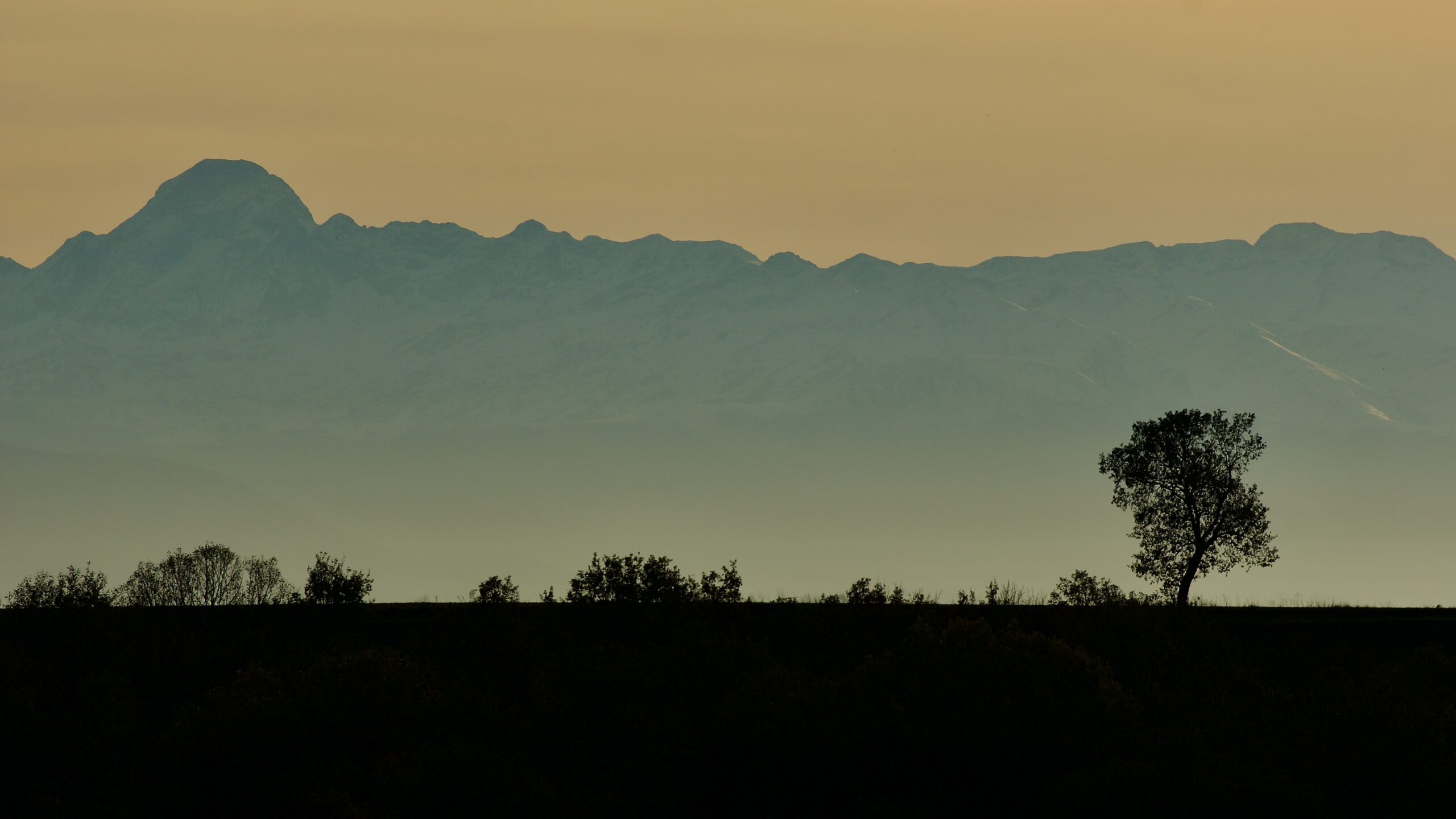Scientists usually specialize in a field, and on a particular subject, quite early in their career (usually, during their PhD). Due to the ever increasing complexity, technicity, and accumulation of knowledge and publications in our fields, we also often develop a very narrow and highly technical expertise as our career progresses. This is true in astronomy & astrophysics, of course: after working for 20 years in the same field, I simultaneously feel at the top of my own game in my limited domain of expertise, but I am also getting rather bored of it…and feeling very insecure about what else I would be able to do in research (or otherwise), considering the specific technicalities and humongous already-existing corpus of knowledge of essentially any research field these days.
So, to provide a bit of research-practice context to my nascent transition to ecological research, I wanted to write a bit today about the question of what makes some scientists stick to a given field, or even subject, for their whole life, while others are more keen on exploring different areas of their field, or even seek to expand their research horizons well beyond their field of origin. In a future post, I will talk more about the difficulties with the latter kind of endeavour, including the question of where, and how to start when you attempt to get into a new field, or into a problem that requires to learn totally new advanced skills and knowledge as a hard prerequisite.

We are a very diverse bunch in academia in terms of research practices, but I think we all navigate more or less between the two following extremes in terms of interests. At one extreme, some researchers have a narrow, personal fascination for a specific problem or subject, and a dogged determination to solve it (sometimes coupled to other motivations, like getting a Nobel prize, which they bet solving this particular problem will lead them to). With an unparalleled capacity to dig deep into a particular trench, it is in fact possible to go very far and to make major discoveries (an example that comes to mind in astrophysics is cosmologists who use standard candles like cepheids or supernovae to measure the expansion of the Universe, or astronomers who study the funky stuff going on at the galactic center).
At the other extreme, there are people, like me, who are not dogs who will not stop chewing a particular bone in their backyard until there’s nothing left to chew, but rather butterflies browsing the whole countryside, tempted to enjoy every new colorful flower in different fields as we encounter them. In research, you can make some interesting contributions this way too, finding new ways of thinking on some problems, making connections between different subjects, importing some techniques and reasonings you’ve learned elsewhere first, be it from another subfield of your discipline, or from other fields of research you have taken some time to acquaint yourself with.
There is a time and place for both dogs and butterflies in research, because in science knowledge usually accumulates, and breakthroughs only occur, as a succession and combination of fairly unpredictable steps, ideas and connections on the one hand, and long strides of systematic, focused efforts on a problem on the other hand. It is also usually considered good scientific policy to have a mix of both types of researchers in a field, and all the spectrum in between.

Why am I talking about this ? Well, with years of practice we tend to develop systematic logical and methodological ways to tackle whole families of similar problems, and as a result we are in general quite happy to keep playing in the same sandbox, simply exploring its different corners. This “comfort zone” becomes increasingly difficult to leave after years of research: with every year passing, the efforts to learn new, deeply technical scientific matters, to go through a whole new arborescence of scientific bibliography, sometimes with decades of history, and to spend months or years developing state-of-the art new methodologies and tools looks more and more daunting. It’s a tough world for butterflies, especially in the current short-sighted academic funding environment that tends to promote minimal-risk projects and research agendas with a focus on well-defined, big but usually chewable bones (or publications) rather than on a whole flower field.
Don’t get me wrong though. It’s not just dogs that have a comfort zone. Despite the appearances, butterfly scientists are highly specialized too, as we actually often just apply similar methods and reasonings to different problems. In my case, I discovered during my postdoc that working on instabilities and turbulence in the Sun was not really different from working on the internal dynamics of galaxy clusters, or planet-forming accretion disks, and more broadly working in astrophysical fluid dynamics has of course a lot in common with fundamental and applied plasma physics or fluid dynamics , as well as with some areas of theoretical physics. The modelling we do also has direct connections with more distant fields like epidemiological or population dynamics: there’s a large overlap in the mathematics used, some intuitions and phenomenologies are similar, and numerical and mathematical methods can often be imported from one field to the other.
So, all in all, being a butterfly is not harder, easier, better or worse than being a dog, it is just different and complementary (and I wish some of my dog-type scientist colleagues, who there are plenty of in astrophysics, and funding agencies, which are much keener on bone-chewing than flower-fields browsing, better understood this). In the end, one’s actual capacity to get into a rather different field or subject really depends on what kind of flowers you’re after and you can approach. If you are a short-tongued butterfly scientist, some flowers will probably be inaccessible to you, but if you have a longer tongue, or one with a particular shape, maybe you can have more diverse nectar and drink it. I am not sure yet how long my proboscis is, and what its overall plasticity is: I have certainly tasted quite a few types of physical and mathematical nectars in the past, but at this stage the flowers in the field of life sciences still look quite different to me from those in the physics fields. So I am not sure yet if I will be able to drink from them, although I find some of them very colorful. Maybe I will actually have to evolve, then ?
Edit: thanks to the magic of the internet, it has been pointed out to me by a colleague that my little text was reminiscent of this Einstein lecture given by Freeman Dyson, in which he splits mathematicians into birds and frogs. And I was totally unaware of this very interesting essay ! Incidentally, there’s a nice citation in Dyson’s lecture of the physicist Leo Szilard (which as you may have learned watching Oppenheimer was opposed to the development of the atomic bomb), which I am going to shamelessly steal because it so perfectly fits my own spirit in my research transition.
“Let your acts be directed towards a worthy goal, but do not ask if they
can reach it: they are to be models and examples,
not means to an end.”



Leave a Reply